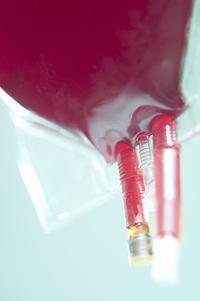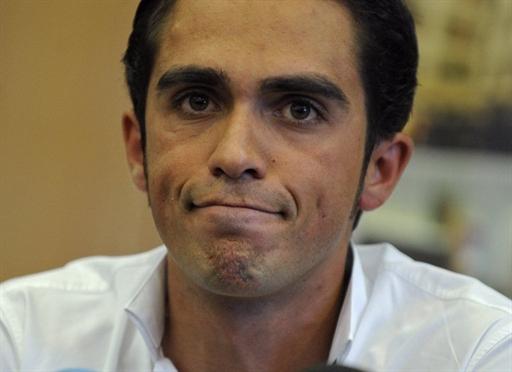Segura says Contador plasticizer levels are indicative of transfusion
Developer of plasticizer test comments on Contador affair




Until recently, Dr. Jordi Segura, the head of the IOC-accredited laboratory in Barcelona, was largely unknown outside scientific circles. However, thanks to a test that he has developed to detect plasticisers within the human body, Segura has unwittingly taken centre stage in the doping affair surrounding Tour de France winner Alberto Contador.
His test is designed to detect evidence of autologous blood transfusions, and was reportedly used by the laboratory in Cologne, Germany on Contador's samples from the Tour de France.
Questioned about claims made in the New York Times and L'Equipe that Contador's levels were eight to 10 times higher than normal, Segura said, "Those reported parameters are an unequivocal indication [that a blood transfusion took place]," Segura told AS. "However, we should look at all the data and see if there are any sudden changes in the levels in the samples taken before and afterwards."
Segura said that he had no idea that his method for detecting plasticisers had been used by the laboratory in Cologne to test Contador's samples from the Tour. "Nobody has officially notified us that it has been used," Segura confirms. "I don't understand how it can be that they haven't been in contact with the people who developed the test, especially as it is being used in such high-profile case."
Segura said that although the test for di-phthalate plasticizers has yet to be formally sanctioned by the World Anti-Doping Agency (WADA), the method is valid.
"It's totally good and robust, and it's one of the most important anti-doping advances in recent years because it's the only way of knowing if somebody has undergone an autologous blood transfusion," Segura explained, before outlining how the test works.
"Plastic bags have components that we call plasticizers, which retain the properties of red blood cells during storage. As these residues are also found in common items, the sample must demonstrate a very high level of detection and quantity in order to be considered positive."
The latest race content, interviews, features, reviews and expert buying guides, direct to your inbox!
Segura admitted that the test may not be legally binding, given that it has yet to be formally validated. "That would be a question for WADA," he said. "In legal terms, you may need more tests to support it, as often happens with such discoveries. But in technical terms, I can say now that it's a categorical method that is perfectly applicable."

Barry Ryan was Head of Features at Cyclingnews. He has covered professional cycling since 2010, reporting from the Tour de France, Giro d’Italia and events from Argentina to Japan. His writing has appeared in The Independent, Procycling and Cycling Plus. He is the author of The Ascent: Sean Kelly, Stephen Roche and the Rise of Irish Cycling’s Golden Generation, published by Gill Books.